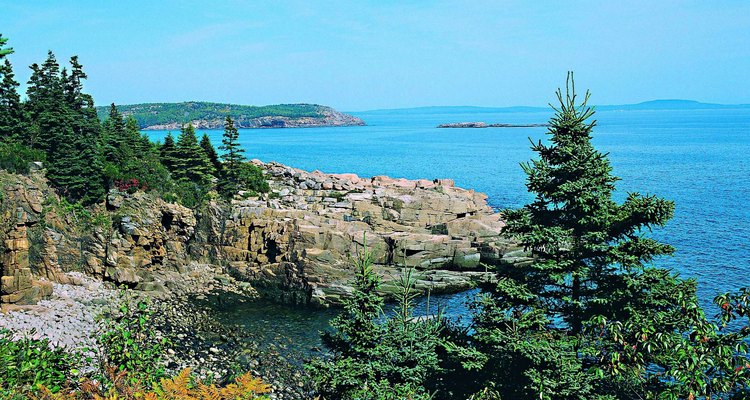
Stockbyte/Stockbyte/Getty Images
While few culinary adventures surpass wild blueberry collecting in Maine, New England state boasts other wild foods as well. From its rocky beaches to pine forests, Maine’s unique ecosystem nurtures a variety of unusual edible plants. If possible, go on a guided tour to identify the plants before gathering them. At a minimum, take an illustrated book along with you on your foraging hikes.
Fiddleheads
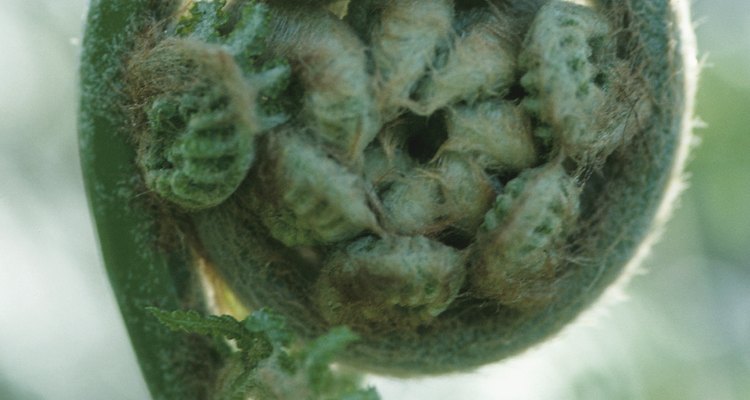
Hemera Technologies/Photos.com/Getty Images
Ostrich ferns yield an early spring delicacy known as the fiddlehead. Gourmets usually compare the spiral-shaped treat to asparagus, and eagerly hunt for it in moist woodland areas. While most ferns yield fiddleheads, only the tall ostrich fern’s are edible, so be sure you can identify them before collecting them. Collect fiddleheads only in early spring, before they unfurl and become poisonous. Most people prefer to peel the brown, paper-like covering from the fiddleheads. Boil them for 10 or 15 minutes. Serve with butter and lemon, or incorporate them into a favorite recipe as an asparagus substitute.
Cattails
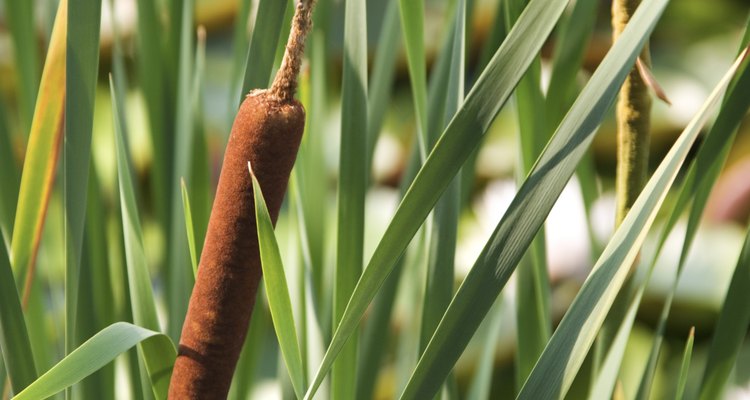
Jupiterimages/Comstock/Getty Images
Maine’s plentiful bogs and marshes supply wild food gatherers with an abundance of cattails. Because so many parts of the plant are edible, and at different times of the year, wild food expert “Wildman” Steve Brill notes, “A stand of cattails is as close as you’ll get to a wild supermarket.” In early spring--before the familiar cigar-shaped flowers form--cattail shoots appear. Gather them to peel, chop and stir-fry or roast. Other edible cattail parts include the young male flower head, which sits below the uppermost, female flower and should be picked in early spring. Brill also recommends harvesting the pollen from the male flower head later in the season, around summer solstice. Bend the cattail stalks in order to shake the yellow powder-like pollen from the flower heads into a paper bag. Sift the pollen and use it like flour in baking. In the coldest months, wild harvesters collect cattail roots, known as rhizomes, as natural thickeners for soups. The process requires digging deep into the muck and much rinsing and peeling, but some people find it worth the effort.
Seaweed

Hemera Technologies/Photos.com/Getty Images
Maine’s rocky seacoast offers an ideal gathering place for wild seaweed. Edible seaweed varieties found along Maine beaches include rockweed (also known as bladderwrack), Irish moss, dulse and kelp. Collect seaweed at low tide, and search rocky beaches rather than sandy ones. Cooking methods vary, but Brill roasts rockweed at 275 degree F for 20 to 25 minutes, after first tossing it with seasonings and a small amount of olive oil. Dulse may be served raw or cooked. Asian and specialty cookbooks can point the way to other reliable cooking methods for the various forms of edible Maine seaweeds.
Dandelion Greens
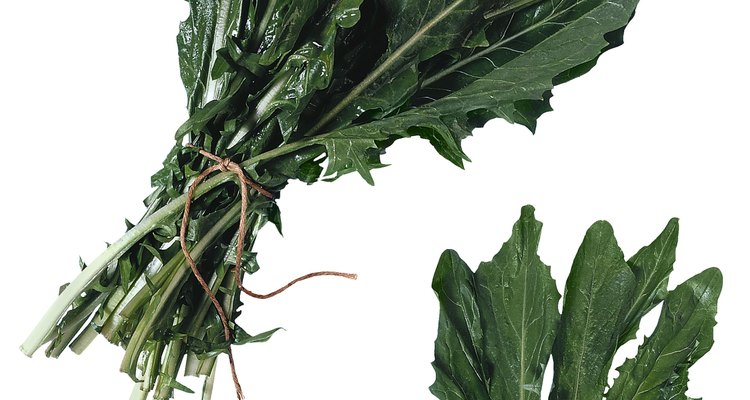
Brand X Pictures/Brand X Pictures/Getty Images
Collect dandelion greens in early spring before the yellow flowers emerge. If you’re unfamiliar with the long and lance-shaped, toothed leaves, examine dandelion plants when they flower so you’ll know what to look for the following spring. Steamed dandelion greens are a favorite springtime treat. Cook them in a small amount of water, then strain and steam in fresh water. Or parboil the greens briefly, then sauté with bacon and garlic.
Additional Wild Foods

Jupiterimages/liquidlibrary/Getty Images
The University of Maine also notes that lamb’s quarters, purslane and orache make ideal edible greens for wild harvesting. Wild leeks (also known as ramps) and several edible mushrooms also flourish in Maine woods. Mushrooms, of course, should be gathered only in the presence of a knowledgeable guide.
Related Articles

List of Wild Edible Plants & Berries in ...

How to Freeze Ramps & Wild Leeks
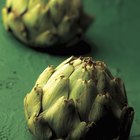
How to Parboil Artichokes
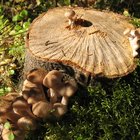
Mushrooms Found in Northern Michigan

How to Blanch Bitter Greens for Italian ...
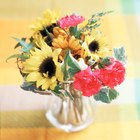
What Flowers Are in Season in November?
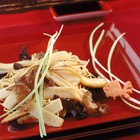
How to Eat Canned Bamboo Shoots
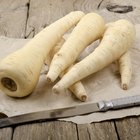
How to Prepare Parsnips
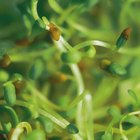
Why Do Sprouts Taste Bitter?
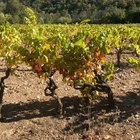
How to Grow Wine Grapes in Virginia
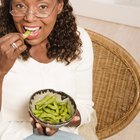
How to Freeze Edamame Soybeans
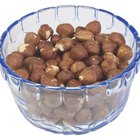
What Kinds of Nuts Don't Grow on Trees?
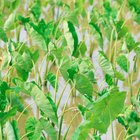
Types of Taro

Wild Yam for Hair Growth
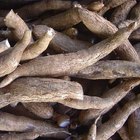
How to Cook Yucca Root

The Meaning of Allium Flowers
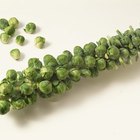
How to Cook Brussel Sprout Greens
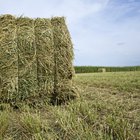
Alfalfa Hay Nutrition Information

Places to Pick Wild Blueberries in ...

How to Remove a Cardamom Seed From a Pod
References
- "Identifying and Harvesting Edible and Medicinal Plants"; Wildman Steve Brill; 1994
Writer Bio
Ellen Douglas has written on food, gardening, education and the arts since 1992. Douglas has worked as a staff reporter for the Lakeville Journal newspaper group. Previously, she served as a communication specialist in the nonprofit field. She received her Bachelor of Arts from the University of Connecticut.
Photo Credits
Stockbyte/Stockbyte/Getty Images